Hello, creatives! In this post, I am sharing with you a list of 5 simple and fun color practice exercises to help you make fresh color associations and learn more about creating your own color schemes, especially with paint.
The more you practice color, the more you gain confidence in using it and coming up with new palettes that help you express yourself better in your art, style, designs, and projects.
Besides, these exercises are more for beginners, but practicing is always great no matter which part of the learning process you’re at.
The 5 Color Practice Exercises
Color wheel practice
Make a color wheel using primary colors (red, blue, and yellow) and their secondary colors (orange, green, and purple). Mix these colors together to create tertiary colors. This exercise will help you understand color relationships and how colors can be combined to create new hues.
Monochromatic painting
Choose one color and create a painting using different shades and tints of that color. This exercise will help you understand how to create depth and interest using variations of a single color.
Complementary color experiment
Firstly, choose complementary colors (colors that are opposite each other on the color wheel, such as red and green) and experiment with using them in different ways in a painting or design project. This helps you understand how to create visual interest and balance using complementary colors.
Analogous color scheme
Begin by choosing a group of colors that are next to each other on the color wheel (such as blue, green, and yellow) and then create a painting or design project using these colors. This exercise will help you understand how to create harmony and balance using analogous colors.
Color blocking
Use different colors to create geometric shapes or patterns in a painting or design project. This exercise will help you understand how to use color to create contrast and interest.
Color swatch project
Create a collection of color swatches by mixing different colors together and painting them onto small squares of paper or cardboard. The more you do this exercise will help you understand how colors can be mixed to create new hues and how they look when applied to a surface.
That brings us to the end of this list. Do you have any other exercises or ways you practice your colors or create your own palettes? Let me know in the comments and enjoy creating!
Other articles you may find interesting:
Explore Colour Trends: Where do artists find color inspiration?
Intuitive art exercises to connect with your inner artist
Free Tools to Pick a Harmonious Color Palette for any Art Project


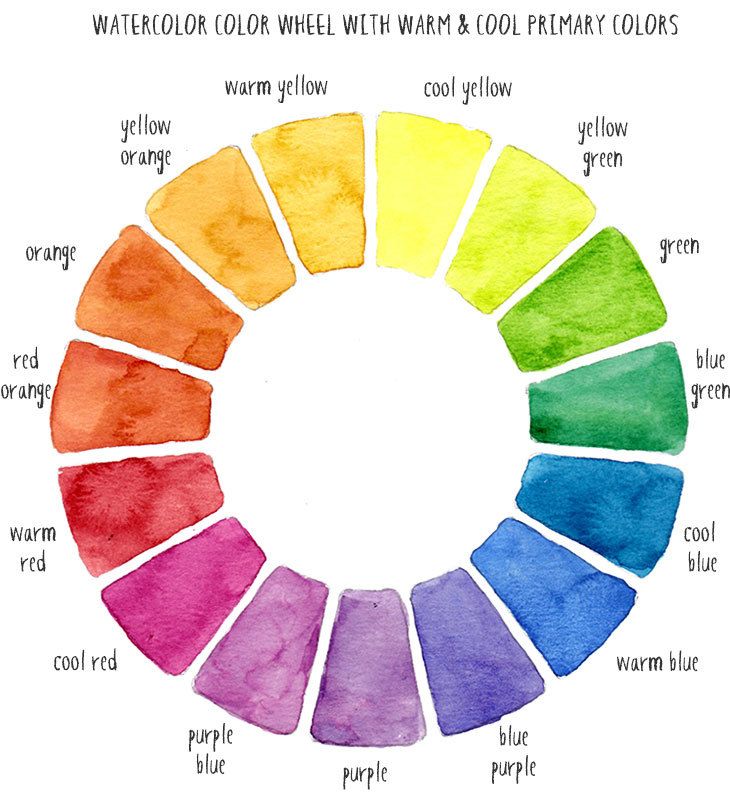
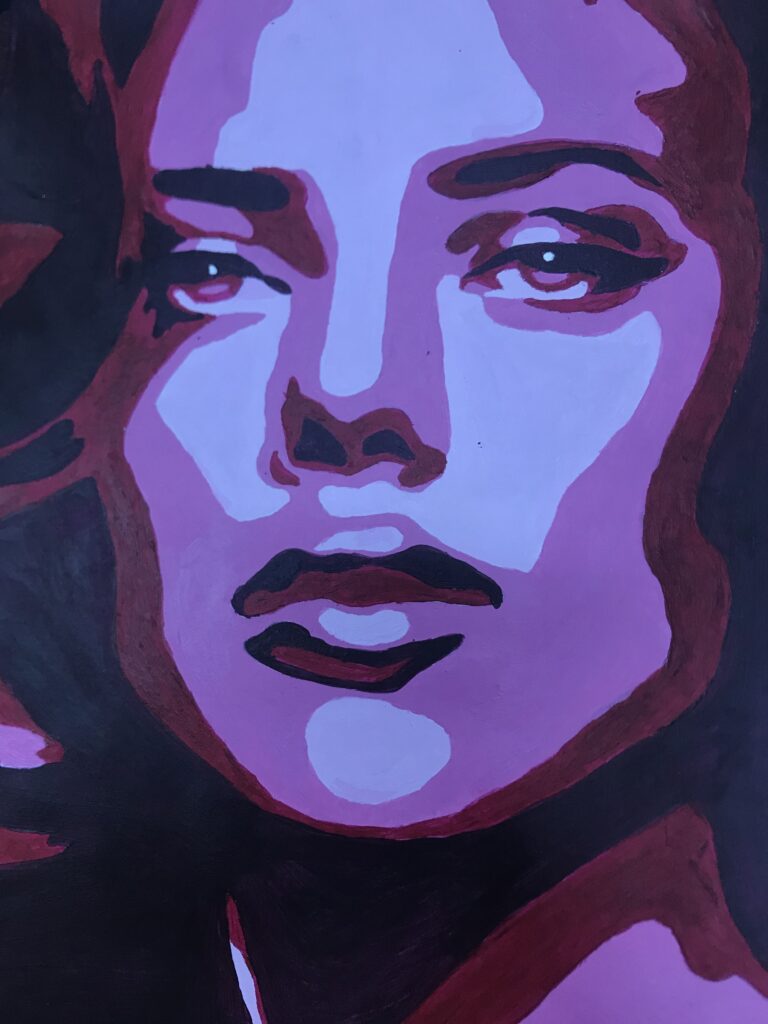
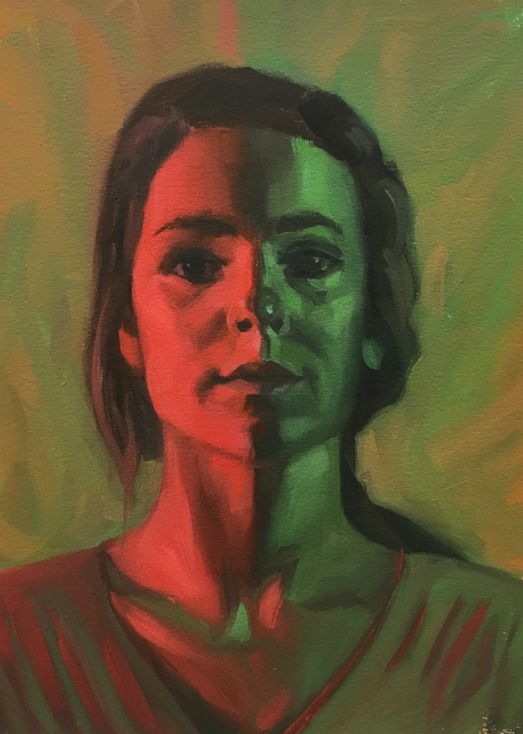
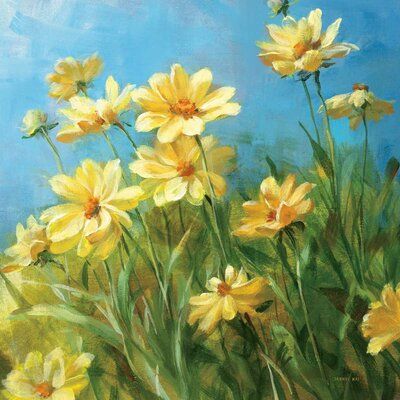

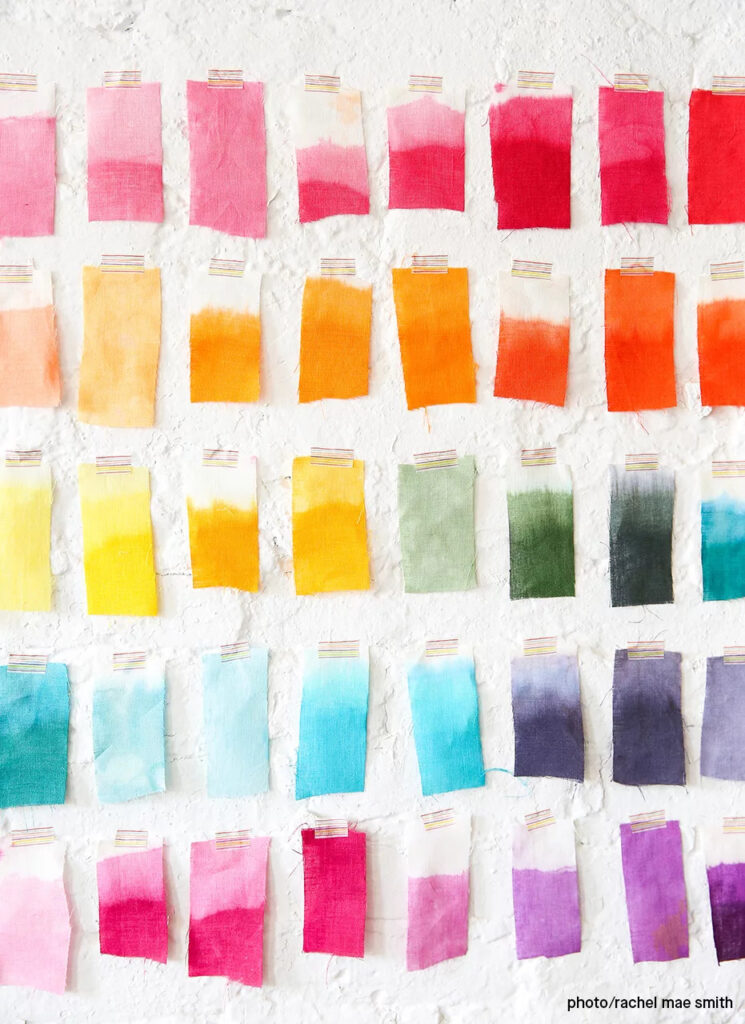
1 Comment